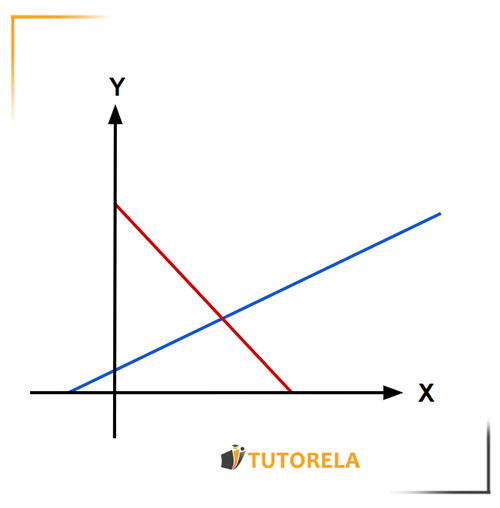A linear function describes the relationship between and .
Therefore, we can represent all sorts of different phenomena in life with the help of the linear function.
The representation of phenomena with the help of linear functions is expressed in mathematics in word problems, using graphs of the functions.
Thus, we can find the various relationships between the functions.
Representing phenomena using linear functions actually allows us to simplify many word questions using a simple linear graph. From the graph, we can very easily calculate the slope, which is actually the rate of change and even many other parameters.
